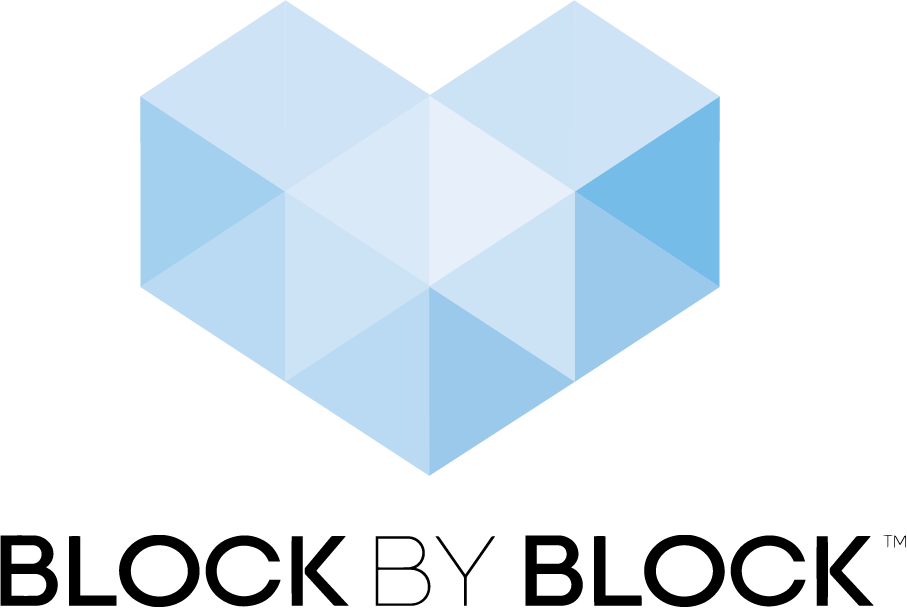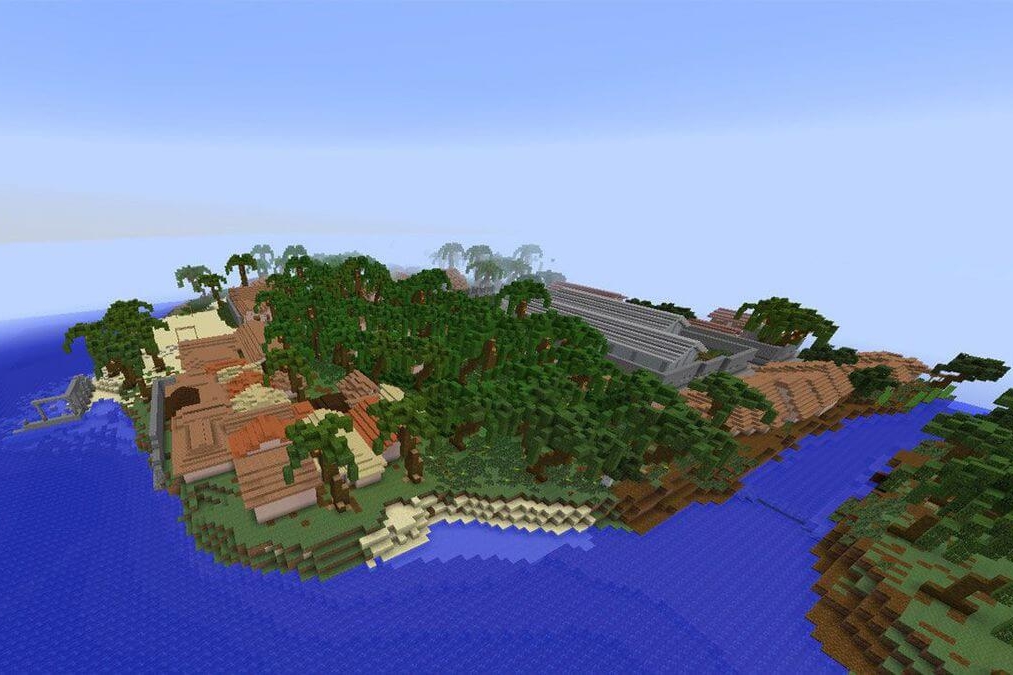Our Approach
The Block by Block Methodology
The first Block by Block Workshops using Minecraft as a community engagement tool were held in Nairobi in 2013. Both participants and facilitators agreed that the Minecraft model had a positive impact on the dialogue in the workshop, and the Block by Block Methodology was born.
We make our unique Minecraft-based methodology freely available to all. The Block by Block Playbook is a free resource for anyone who would like to use this unique tool to transform lives and public spaces. This publication has been downloaded by hundreds of public and private organizations, civic leaders, and academics.
Learn more and download the free Block by Block Playbook here.
“For me the most amazing thing about Block by Block is the methodology, using one of the world’s most popular video games, Minecraft, for community participation in urban design processes. It’s not a gimmick—it really works. Using a simple, 3D tool like Minecraft is a great way of helping hard-to-reach groups such as youth and disadvantaged people in poor urban settings make their voice heard.”
Step by Step
1. Model
Select the site to be redeveloped, and create a Minecraft model of the existing site using images, plans, Google maps, and other inputs.
Redevelopment site, Les Cayes, Haiti
Credit: Block by Block team
2. Mobilize
Identify 30-60 people living and working near the site who are interested in improving their urban environment. Ensure broad representation of the community, including women, youth, older people, and people with disabilities.
Community mobilization in Kalobeyei, Kenya
Credit: Block by Block team
3. Organize
Organize community workshops (2-4 days; 30-60 participants; 1 computer per 2-4 participants).
Identify a Minecraft expert to lead training and provide support.
Block by Block Workshop, Gaza Strip
Credit: Block by Block team
4. Introduce
Brief participants on public space basics and general design considerations for the selected space, and begin shared dialogue on relevant issues.
Workshop kickoff, Accra, Ghana
Credit: Block by Block team
5. Observe
Walk through the site as a group and document with images. Share reflections and observations.
Site visit, Addis Ababa, Ethiopia
Credit: Block by Block team
6. Teach
Train participants in the fundamentals of using Minecraft.
Minecraft training session, Niamey, Niger
Credit: Block by Block team
7. Team Up
Break into teams of 2-4 people to develop ideas in Minecraft.
Block by Block Workshop team, Wuhan, China
Credit: Block by Block team
“Minecraft lowers the barrier so that anyone could actually have a say in their public space.”
8. Present
Arrange for the teams to present models and advocate for their ideas to stakeholders and professionals including urban planners, architects, and local policy makers.
Teenage girls presenting their ideas to community stakeholders, Hanoi, Vietnam
Credit: Microsoft team
9. Prioritize
Workshop participants and stakeholders discuss how to improve the public space and collaboratively prioritize the proposed improvements.
Community prioritization discussion, Cairo, Egypt
Credit: Block by Block team
10. Plan
Minecraft models from workshop inform cost estimates, budget allocations, and professional design work.
11. Build
Continue the momentum by actively engaging the community in the final design, construction, and maintenance of the site. Engage with the community to resolve conflict if it arises or address unexpected issues related to the public space.
Community building party, Surabaya, Indonesia
Credit: Block by Block team
12. Advocate
Expand impact by advocating for continued investment in public space transformation and more forward-thinking policies at the local level and beyond.
Public space micro-intervention at Estación Villa María, Lima, Peru
Credit: Jairo Rosales










![2017.03.06 09.34.58 lovestrandell.com [BbB_HANOI] BILDNRKA2_4370.jpg](https://images.squarespace-cdn.com/content/v1/5a2ed5d18c56a8af94f22a6f/1521581665577-ZFWI9EHPD37ZAIDZIY28/2017.03.06++09.34.58++lovestrandell.com++%5BBbB_HANOI%5D+BILDNRKA2_4370.jpg)











